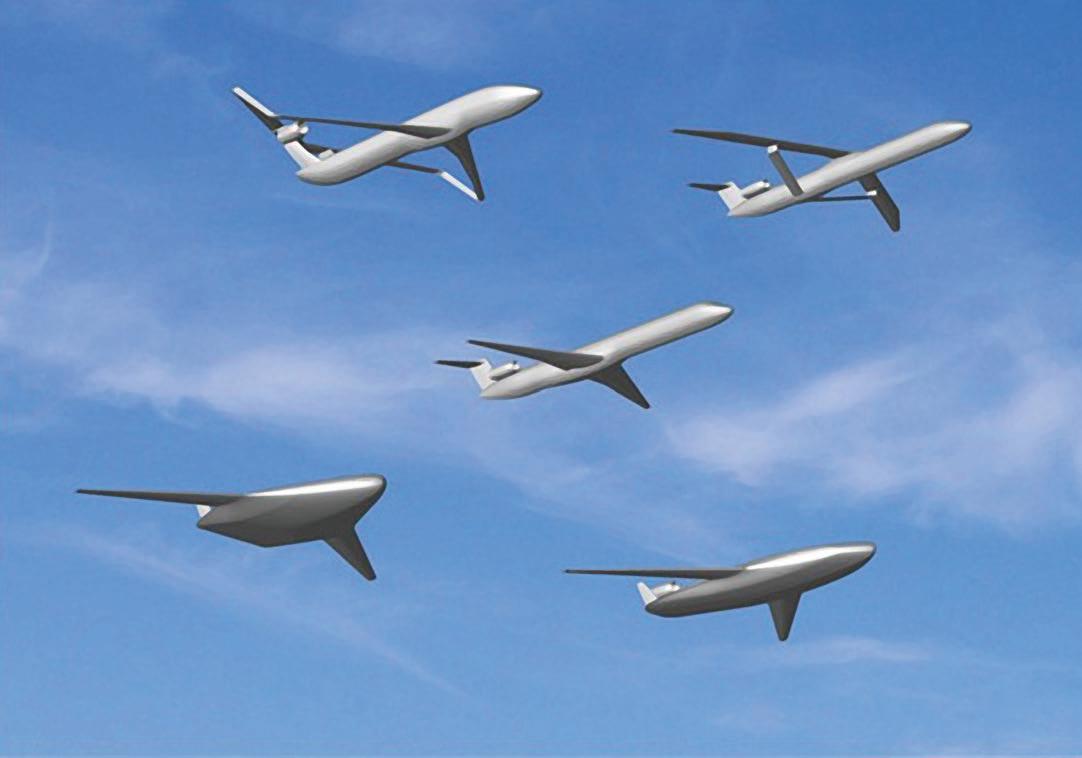
Imagine stepping onto an airplane. Its shape, sleek and unusual, is unlike any other aircraft you've seen. The engines purr rather than roar, the takeoff feels smoother, and best of allit's mostly powered by biofuel. This is the future of air travel as seen by Professor David Zingg, a leading voice in the field of sustainable aviation.
Sustainable Air Travel
Zingg teaches at the University of Toronto Institute for Aerospace Studies. From 2006 to 2016, he guided the Institute as its director. Today, he leads the Institute's Centre for Research in Sustainable Aviation. Zingg is known for his innovative aircraft designs that push boundaries and promote sustainability. Like a sculptor shaping clay, Zingg works with the way air moves. Using computer models, he studies how air shapes itself around aircraft bodies. This understanding helps him reduce air resistance and design planes that glide smoothly through the air.
Toward the end of the 1990s, Zingg noticed that flight travel faced a huge challenge. The age of flying faster, higher, and further had changed into an era where the same things needed to be achieved but in a more sustainable way. Sustainability means using resources in a way that protects the planet and future generations. But it wasn't until the 2010s, when the negative impacts of burning fossil fuels became more widely accepted, that the idea of sustainability took hold.
This story is from the November/December 2023 edition of Muse Science Magazine for Kids.
Start your 7-day Magzter GOLD free trial to access thousands of curated premium stories, and 8,500+ magazines and newspapers.
Already a subscriber ? Sign In
This story is from the November/December 2023 edition of Muse Science Magazine for Kids.
Start your 7-day Magzter GOLD free trial to access thousands of curated premium stories, and 8,500+ magazines and newspapers.
Already a subscriber? Sign In

Who's Your Cousin?
The great apes are among the most popular animals in most zoos. Their actions, facial expressions, and family life remind us so much of ourselves. Have you ever wondered, though, how we might look to them?

Is it possible to die of boredom?
To figure out if we can die of boredom, we first have to understand what boredom is. For help, we called James Danckert, a psychologist who studies boredom at the University of Waterloo in Canada.

THE PROBLEM WITH PALM OIL
Palm oil is all around you. It’s in sugary snacks like cookies and candy bars. It’s in lipstick and shampoo and pet food.

SERGE WICH
Serge Wich’s favorite days at work are spent out in the forest, studying orangutans in Sumatra and Borneo or chimpanzees in Tanzania.

ELODIE FREYMANN
When you’re feeling sick, it probably doesn’t occur to you to try eating tree bark.

Guardians of the Forest
EARLY, MAKESHIFT WILDLIFE DRONES HELPED TO DETECT AND PROTECT ORANGUTANS.

APE ANTICS
The Whirling World of primate play

Dr. Ape Will See You Now
HUMANS AREN’T THE ONLY PRIMATES THAT USE MEDICATION.

THE LEFT OVERS
A lot has happened for modern humans to get to this point. We lost most of our hair, learned how to make tools, established civilizations, sent a person to the Moon, and invented artificial intelligence. Whew! With all of these changes, our bodies have changed, too. It’s only taken us about six million years.

SO, WHAT IS A PRIMATE?
What do you have in common with the aye-aye, sifaka, siamang, and potto? If you said your collarbone, you re probably a primatologist—a person who studies primates. If you’re not, read on.